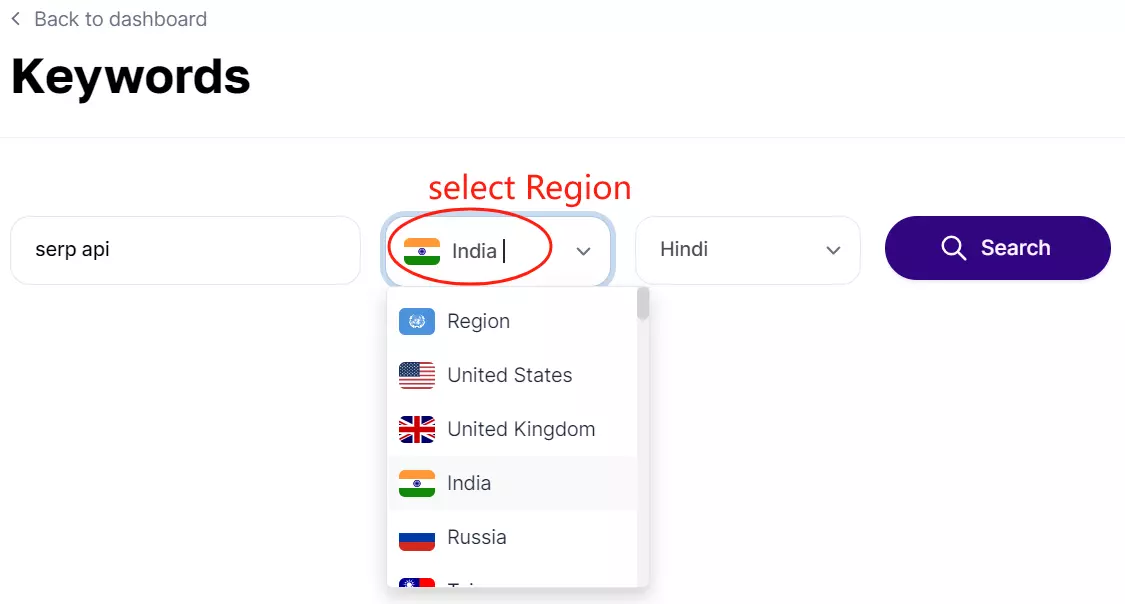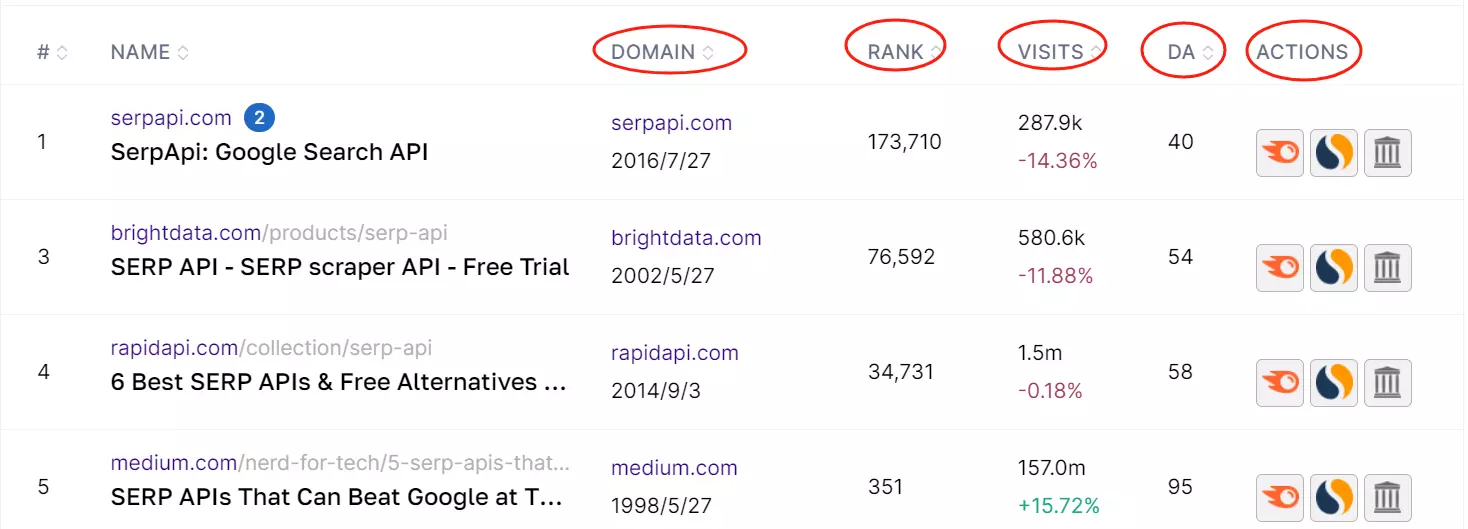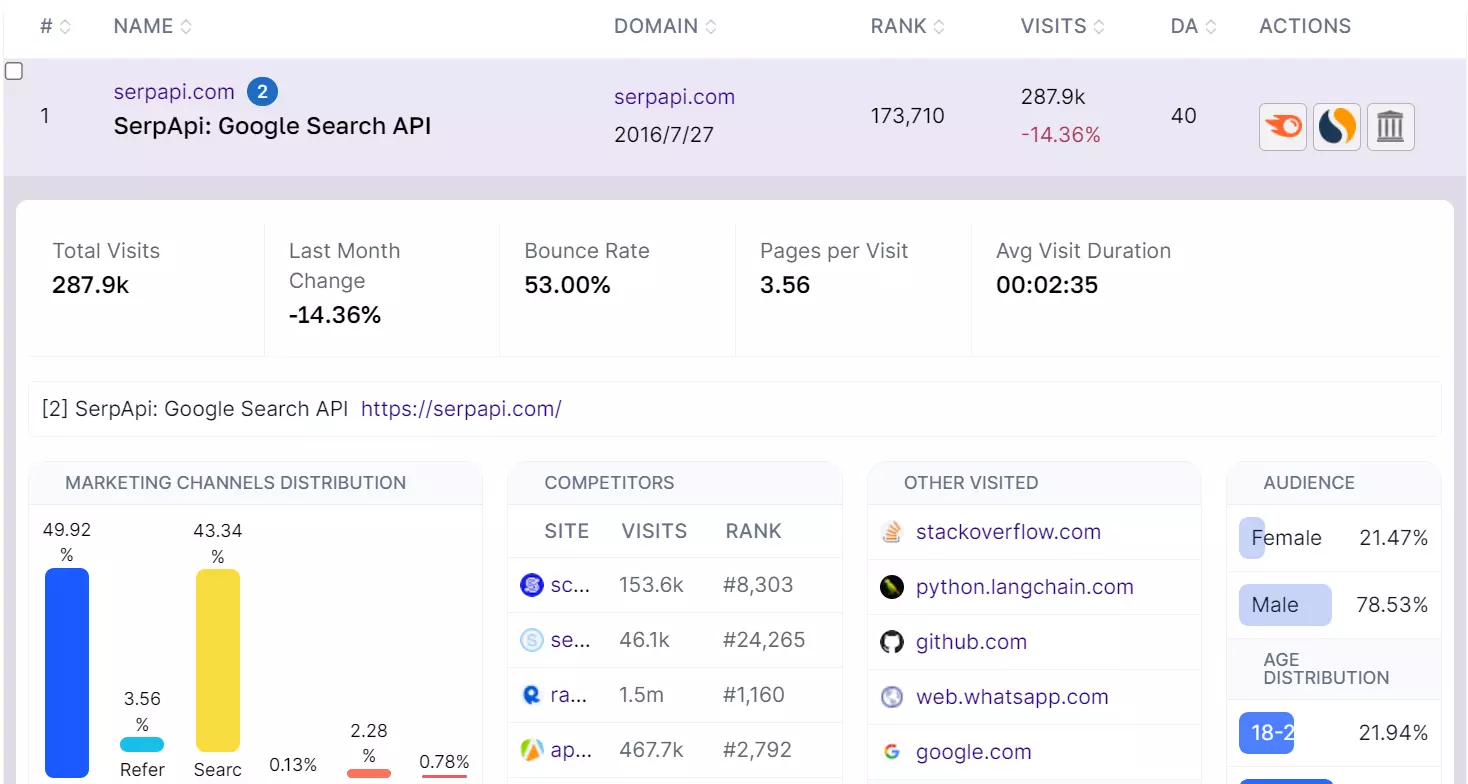
In the dynamic landscape of online presence and digital marketing, Search Engine Results Pages (SERPs) play an integral role in determining the visibility, traffic, and success of a website.
SERP analysis involves a comprehensive study and evaluation of these pages to decipher the strategies and factors influencing search engine rankings.
This essay will delve into the intricacies of SERP analysis, discussing its significance, methodologies, and the steps involved in conducting a thorough analysis.
What is SERP Analysis?
SERP, short for "Search Engine Results Page," refers to the pages presenting results following a Google search query.
These pages showcase the highest-ranked websites, paid advertisements related to the queries, and various specific SERP attributes, which we will explore shortly.
SERP analysis involves scrutinizing leading websites to assess prospects for ranking well with pertinent keywords and surpassing competitors.
By examining top-ranking websites for specific keywords and search queries, one can unveil the strategies that propelled those pages to top positions and assess how their content appears in search results.
How to Do SERP Analysis? Step-by-Step
Here is a step-by-step guide on how to do SERP analysis using Niche Finder.
1. Identify Target Keywords
Obtain an overarching perspective of the Search Engine Results Page (SERP) by initially gauging the potential traffic and ranking complexities. To accomplish this, we rely on two fundamental metrics within Niche Finder: Keyword Difficulty (KD) and Traffic Potential (TP).
Keyword Difficulty (KD) provides an estimation of the level of difficulty in achieving a first-page ranking on Google for a particular keyword, depicted on a scale ranging from 0 to 100.
Meanwhile, Traffic Potential (TP) indicates the approximate total monthly search traffic anticipated for the highest-ranking page associated with a keyword.
2. Analyze SERP Features
Examine the SERP features present, such as featured snippets, knowledge panels, local packs, and related searches. Understanding these features helps in optimizing content to increase visibility.
You can use our Keywords Niche Tool for SERP checking:
In the Keywords Niche interface, enter the target keyword, after selecting the specified country, it will automatically redirect to the corresponding language of that country.

Of course, you can customize other nonmainstream languages of that country for querying.
This step will help you simulate the corresponding IP for searching, so the search results will be more regionally targeted.
After searching the keywords, you will see a data bar that clearly shows whether your competitors are competing for the keyword through domain names, subdomains, or simply using Page to compete for a higher position:

Below the data bar, you can quickly see SERP for the target keyword, making it easy for users to understand your competitor's domain name, website establishment time (users can discover new competitors in the field with ease), website ranking, traffic on Similarweb, and DA value.

The last column Actions provides a quick entrance for Sermush, Similarweb, and Web.archive, allowing users to easily access these pages without having to search for their URLs in new windows for further in-depth analysis.
Through our tools, you can conduct complete and in-depth SERP analysis quickly and easily!
Related Reading: How to Find SERP Features Opportunity?
3. Evaluate Top Ranking Pages
After knowing who ranks higher, the next step is to check your top competitors in detail. You can open their website to check the content construction, structure, and format of the top-ranking pages.
Identify commonalities among them and ascertain factors contributing to their high rankings.
4. Competitive Analysis
Of course, if you want to know specific information about a website, you can click on the website, and the dropdown menu will directly display more detailed information.

From the above picture, we can see the first line will display the monthly total traffic and changes from the previous month, bounce rate, pages per visit, and average visit duration.
In addition, you will also learn about the proportion of its traffic sources, Top keywords, main competitors, major countries of traffic distribution, the gender ratio of visitors, and age distribution.
5. Refine SEO Strategy
Based on the insights gathered, refine your SEO strategy.
Refining an SEO strategy involves continuously optimizing various elements to improve a website's search engine rankings, organic traffic, and overall visibility. It's an ongoing process that requires analysis, adaptation, and implementation of best practices.
Why Are SERP Analysis Important?
SERP analysis serves as a strategic compass guiding digital marketing efforts. It unveils the patterns, trends, and elements influencing search engine rankings, thereby allowing businesses to refine their SEO strategies and enhance their online visibility.
By dissecting SERPs, one can comprehend user behavior, preferences, and intent, enabling the creation of tailored content that meets audience needs.
Moreover, understanding SERPs aids in competitor analysis. It unveils the strategies employed by competitors, their content quality, keyword targeting, and backlink profiles, enabling businesses to benchmark their performance and identify areas for improvement.
Conclusion on How to Do SERP Analysis
To be an SEO expert, you need to be able to read a SERP like a book.
SERP analysis serves as a cornerstone in devising effective digital marketing strategies. By deciphering the intricacies of search engine results, businesses gain invaluable insights into user behavior, competitor positioning, and keyword effectiveness.
It empowers marketers to optimize content, refine SEO strategies, and enhance online visibility, ultimately leading to improved rankings and increased organic traffic. In the ever-evolving digital landscape, mastering SERP analysis remains pivotal for sustainable online success.
FAQs About SERP Analysis
What is the Purpose of SERP Analysis?
The key aim behind SERP analysis is to discern the content strategies adopted by competitors. By obtaining this data, one can effectively determine the content areas to prioritize, surpassing competitors in the digital space.
What is SERP vs SEO?
SEO analysis encompasses a broad spectrum of elements such as backlink quantity, structured data, technical intricacies of content, and additional factors. Conversely, SERP analysis revolves around factors like content length, covered subjects, headings, and the nature of details presented within the search engine results.
What is the Difference Between Page Rank and SERP?
PageRank is the grade rating (from 1 to 10) that Google's webmaster assigns to your website. A SERP is your website's rank in Google's search engine results pages (SERPs) based on a specific keyword combination.

